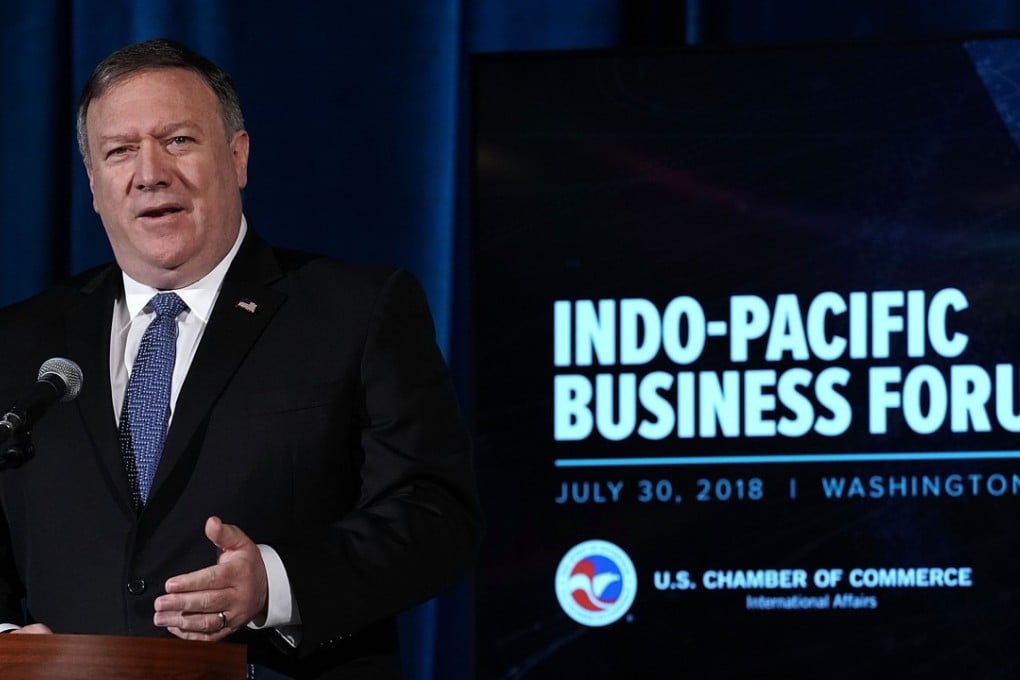Exclusive | India in talks to join US global development partnership countering China’s belt and road plan
Agreements with Japan and Australia have already been put in place by the Overseas Private Investment Corporation

The US government’s international finance development agency is in talks with India to include the South Asian country in a partnership that Washington has formed with its allies in the region to counter China’s “Belt and Road Initiative”.
After signing agreements with the overseas finance development arms of Japan and Australia, the Overseas Private Investment Corporation (OPIC) is “in discussions with India right now” to reach a memorandum of understanding with India, OPIC President and CEO Ray Washburne told the South China Morning Post on Monday.
If concluded, the agreement “will reflect very much like the ones we have with Japan and Australia”, Washburne said.
Watch: What is the ‘Belt and Road Initiative’?
Those partnerships allow the three countries to streamline the process of joint investments in energy, transport, tourism and technology infrastructure. The investments are also meant to attract private capital to the projects – investments that are, in some cases, many times larger than those of the three governments.